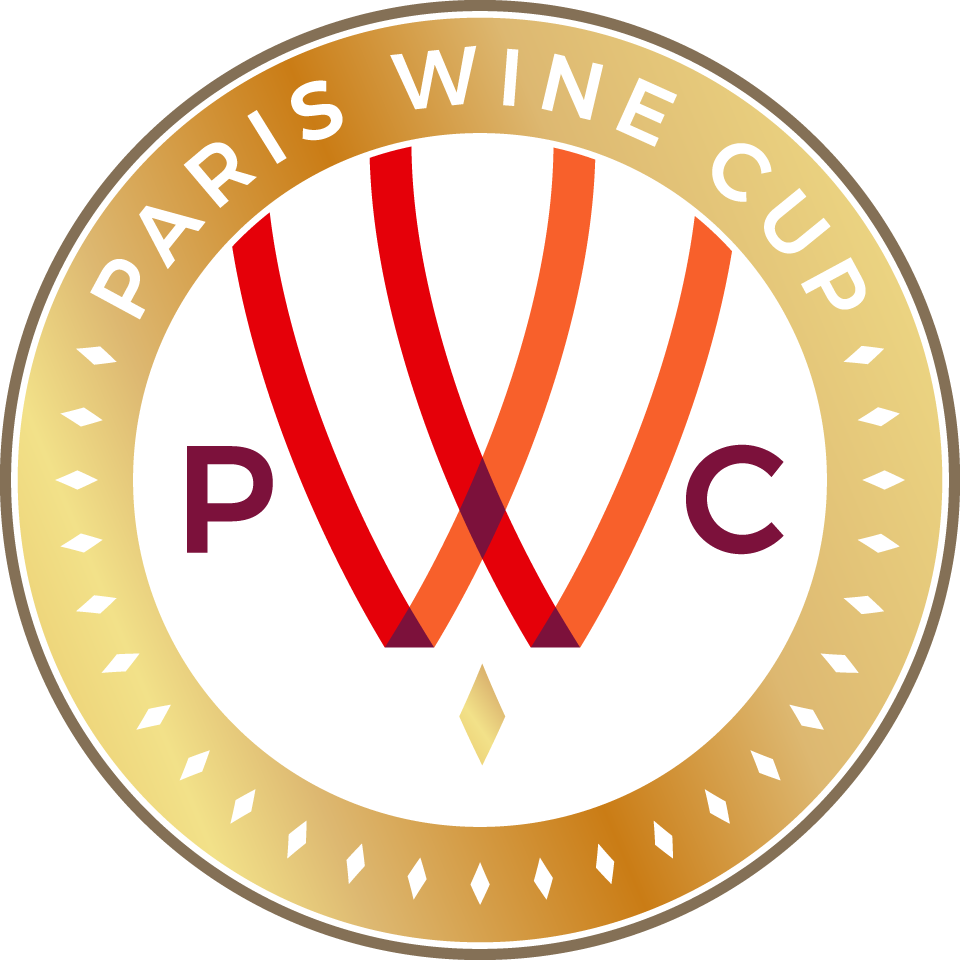Super Early Bird Ends
30 April 2025
Warehouse Deadline
30 Sep 2025
Judging Dates
7 October 2025
Winners Announcement
28 October 2025

In today’s day and age, where consumers want to know about what they’re drinking and who is making what they’re drinking, communication is key. As a brand, your audience wants to hear from you, they want to know your story, and want to know what makes you who you are.
When it comes to communication, Felicity Carter has been at the forefront of the industry for almost two decades. From Editor-in-Chief at Meininger’s Wine Business International, and working with Liv-ex as an editorial consultant, to now being the Executive Editor at Pix, a piece of advice from Carter goes a long way.
Today, she talks about how a brand can effectively communicate with their audience.
“Sometimes in wine, we talk a lot about communication, and actually, before you even start creating anything - whether it’s a social media campaign or content marketing, the first thing is to find out who your audience is. Who is the right person for your wine? And then, direct everything to them,” says Felicity Carter.
[[relatedPurchasesItems-45]]
Communication is a big word that means a lot of different things to a lot of different people. I’m much more interested in miscommunication; how you avoid miscommunication. I think that communication means people understanding each other and building a connection, but there are layers upon layers to that. But when it comes to professional communication, where someone is putting out a piece of content, whether it’s an article, podcast, or anything else - there are only two reasons why someone should bother doing it.
If both conditions don’t apply, then you’re wasting your time.
What’s really interesting is that we’re living in a time where audio is becoming a lot more important. If you look at the rise of things like smart speakers, and if you look at the way technology is evolving, it’s very clear that our future is going to be voice-activated. So more and more communication is going to be done with people speaking, and that changes the way you communicate and write. But even with that, the text is also important. Text, pictures, and audio are always going to be important.

There are lots of different elements to consider. It really depends on where your piece of content is going to end up. I’ve done lots of storytelling workshops with winemakers and I always say, the first thing to be looked at isn’t how you’re going to communicate. In fact, the first thing to be looked at is what is your story, and what is it that you have to say that is unique to you. Most wineries, unfortunately, think they’re telling a story - but they’re not. They just say the usual ‘we’re a family-owned company and our wine is made in the vineyard and we’re passionate about wine’. That’s not giving a story. The number one thing to do is to work out what your story is and what you actually want to say.
The second thing is, when you’re working on how to communicate that story, you have to think about how your audience is going to be receiving it. For many winemakers now, the most effective thing they can do is craft a 10-minute talk. This is because they have to go to winemaking dinners and have to stand up and introduce their wines to an audience - so it’s really important to have that talk and keep the audience engaged.
The third thing here, of course, is social media. How you’re going to visually talk about your brand matters a lot, and here again, a lot of people make mistakes where they spend a lot of money on things like photography of vineyards and barrels. This is wasted money because everyone has vineyards and barrels - so you’re not doing anything specific to you.
The fourth thing, when you put down something in writing, you have to consider other things around it. Not only do you have to think about your audience, but you also have to think about how Google search is interpreting your words. With the rise of smart speakers, if somebody asks Alexa a question, is Alexa going to be able to read your article in a way that will be interesting and valuable to the person who is receiving it.
A good wine label is one that will stand out in a store that has two or three hundred bottles of wine in there. A typical big retail store will have about 300 SKUs, and they will all be lined up on the shelves. So here, your label has to jump out in that sea of other labels.
When people think they’re going to do a nice, delicate etching, they have to think - is that going to jump out at somebody when they walk into the store? Is your label eye-catching? And secondly, you need to see, does the label communicate what is inside, and does it communicate anything about you? Again, this is an area for professionals. This is where you need to speak to somebody who is a professional designer who understands the retail environment. In the end, it really depends on what you’re trying to sell. If it’s a bottle of sparkling wine, it could be that the bottle itself, or the foil color that you put on it is doing all the work for you. If it’s a rosé, people are doing amazing things with the bottle shape, which makes people want to pick up that bottle. So you don’t have to do that much. A good designer understands all of this. There’s a lot of fantastic label designers in Germany and Italy, who understand this back to front. And there’s a really good agency in Mendoza, Argentina that is really famous for this as well.
But the other thing is that the back label copy is a really good chance for the winemaker to explain the wine in words, to use really concise, concrete language to explain what is in the bottle - and that’s an opportunity not many people make enough of.
There are two answers to this. One is a simple one, and one is slightly complicated. Let’s take the complicated one first. If you want to get somebody’s attention, there are all sorts of things you can do. So you have to make sure you’ve got your SEO keywords right, and you’ve got your Google search terms right, and you’ve got your headline right - and others things like that.
The simple answer, which holds true regardless of which media you’re working in, is that you just simply have to understand your audience. You have to know what it is that your audience wants. And like I said earlier, there are only two reasons why you should be doing anything. If you stick to that rule, then everything you put out there will land effectively. If you violate that rule, then you might as well have never bothered - because no one will see it, or read it, or watch it.
The only hack that’s worth doing is actually writing something interesting. If someone is a good writer, or a good communicator, or a good photographer - they will know how to keep the audience hooked. To keep your audience hooked, the first thing to take care of is that you don’t wear them out. So don’t go on and on. Instead, get straight to the point.
When working digitally, people think that the reason their audience clicks off is that they have a low attention span. It’s actually not. When you’re working digitally, people’s comprehension goes down. When you’re in print, people actually absorb more than when they’re on their screens.
And when they’re on a desktop they can read more and if it’s on a mobile they can read even less. So this has to change the way you communicate. If you’re communicating something that is going to be read on mobile - you’ve got to get straight to the point. You can’t have any waffle, you can’t have any extra stuff.
Then the next point you make has got to follow very logically from what came before. That’s transition. Making sure your transition is smooth will bring people in. That is where people fall down. They waffle and write stuff that’s not actually the point. If you keep it tight, and one thing logically flows in front of the other you can actually keep people reading till 10,000 words. It’s not links that determine that somebody will keep reading, it’s how interesting something is.
The volume game is pointless, especially as many things keep changing. But one thing that hasn’t changed: high quality will always win. If you look at the media that thrived and survived in the media landscape - it’s either clickbait - which everyone can’t help clicking on. This is usually low value but very entertaining. Or, it’s very high-quality content that can’t be found anywhere else. And if you do either of these, you’ll be okay.
Hosted by Beverage Trade Network, The Paris Wine Cup aims to recognize and promote wine brands that have successfully been created to identify with and target a specific wine drinker. A competition that judges the wines on the basis of Quality, Value, and Packaging.
To look at our judging panel, click here.
 Paris Wine Cup will be assessed and judged by a leading panel of top-level wine buyers with current direct commercial buying responsibility. Or wine consultants and experts who are also directly involved in the development of new wine brands or buying wine for commercial resale.
Paris Wine Cup will be assessed and judged by a leading panel of top-level wine buyers with current direct commercial buying responsibility. Or wine consultants and experts who are also directly involved in the development of new wine brands or buying wine for commercial resale.
Put your wines in front of them and get rated by Value, Quality, and Package.
Leading wine brands from around the world now have an opportunity to grow their business and gain the attention of wine buyers, wine directors, and influencers globally via the Beverage Trade Network Community.